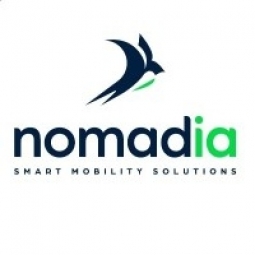Nomadia
Case Studies
Optimizing Pharmaceutical Sales Force Activities: A Case Study of Pfizer Japan
Overview
 |
Optimizing Pharmaceutical Sales Force Activities: A Case Study of Pfizer JapanNomadia |
Application Infrastructure & Middleware - Data Visualization Sensors - Haptic Sensors | |
Healthcare & Hospitals Pharmaceuticals | |
Facility Management Sales & Marketing | |
Facial Recognition Time Sensitive Networking | |
Operational Impact
| The adoption of TourSolver has significantly improved the efficiency of Pfizer's medical delegates. It allows Pfizer to fulfill its medical facilities visiting quota while keeping regular working hours for its sales force. The large amount of optimization constraints within TourSolver, including visiting time windows, possible visit days, customer priority, and punctuality respect, helps Pfizer sales planners to be very flexible in allocating appointments to medical professionals while maintaining the target number of visits every day. Detailed cost calculation provided by TourSolver allows each sales strategist to estimate the overall cost of its sales forces. This gives higher management the opportunity to upsize or downsize the medical representative teams. As a result, Pfizer managed to respect its visits quota, increase its overall sales, and decrease its overall cost. | |
Quantitative Benefit
| Reduced travel time for medical delegates | |
| Increase in daily visits | |
| Lower transport costs | |


